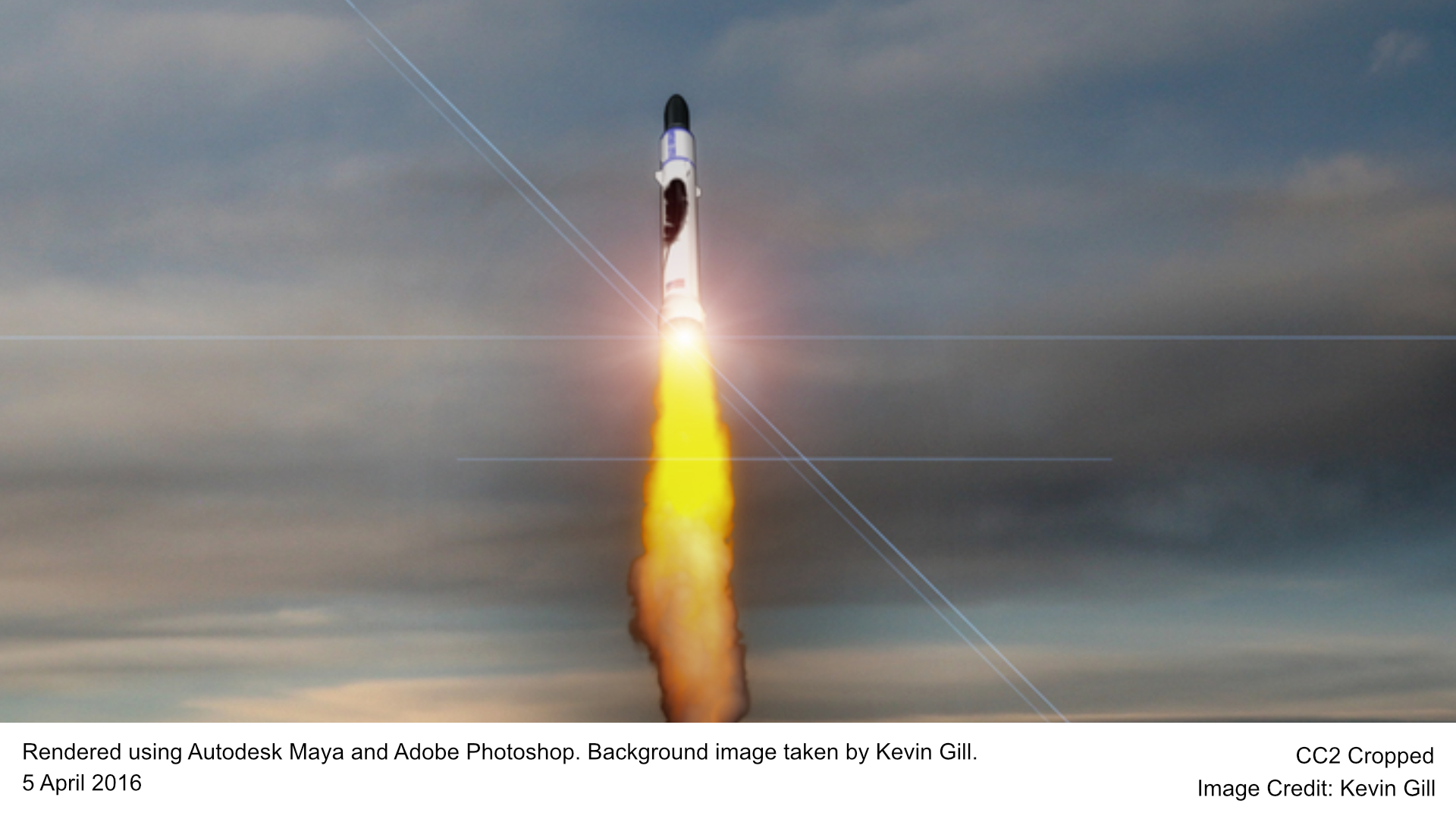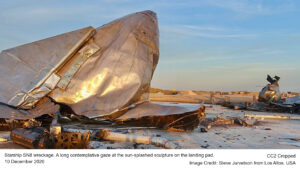Blue Origin’s ambitious New Glenn rocket soared into orbit early Thursday, marking a significant milestone for the private spaceflight company founded by Jeff Bezos. The test flight demonstrated the rocket’s capability to carry a payload into orbit, solidifying its role in the evolving space industry.
New Glenn’s successful debut highlights a key shift in the space industry toward reusability and cost reduction, which are vital for commercial and scientific missions. Reusable rockets significantly lower the barrier to entry for satellite deployment and interplanetary exploration, allowing smaller entities to participate in space ventures. Blue Origin’s BE-4 engines, also utilized in ULA’s Vulcan rocket, represent a collaborative effort that underscores the interconnected nature of modern aerospace innovation.
- Milestone Achievement: Blue Origin’s New Glenn rocket successfully reached orbit in its first test flight, marking a significant step forward for the company and the reusable heavy-lift rocket market.
- Mission Highlights: Despite the first-stage booster failing to land as planned, the launch achieved its main objective of orbital payload delivery, showcasing the rocket’s potential for diverse missions.
- Future Aspirations: Blue Origin plans six to eight New Glenn launches in 2025, including NASA missions and satellite deployments, while also advancing its Blue Moon lunar lander for Artemis program support.
- Industry Impact: New Glenn enters the competitive reusable rocket market, standing alongside SpaceX’s Falcon Heavy and Starship, United Launch Alliance’s Vulcan, and Europe’s Ariane 6.
A Historic Launch
The New Glenn rocket, named in honor of astronaut John Glenn, launched from Cape Canaveral, Florida, the same site that once hosted missions such as NASA’s Mariner and Pioneer programs. At 320 feet (98 meters) tall, this giant reusable rocket ignited its seven BE-4 engines at 2:03 AM local time. Within 13 minutes, the second stage and its experimental payload reached orbit, to the applause of Blue Origin employees and Bezos, who observed from Mission Control.
Although the rocket’s first-stage booster failed to land on its ocean barge as planned, Blue Origin emphasized that achieving orbit was the primary objective. CEO Dave Limp expressed optimism, noting that the company will attempt another landing in spring.
Mission and Payload Success
The mission’s payload, an experimental platform called the Blue Ring Pathfinder, remained in orbit to test hosting and deploying satellite technologies. Designed for versatility, New Glenn aims to serve a variety of missions, from satellite launches to potential lunar expeditions.
The upper stage of the rocket, following NASA protocols for reducing space debris, was placed in a safe, high orbit to minimize its long-term environmental impact.
Challenges and Future Plans
The launch followed a brief delay earlier in the week due to ice buildup on the rocket’s systems. Despite this hiccup, the successful orbital insertion was hailed as a major step forward for the program. Blue Origin plans six to eight New Glenn launches in 2025, expanding its capabilities to transport satellites and eventually astronauts.
While the rocket was initially scheduled to carry twin spacecraft to Mars for NASA, delays shifted their launch to spring. These spacecraft, known as Escapade, aim to study the Martian atmosphere and magnetic environment.
Industry Implications
New Glenn’s debut adds to the growing list of reusable heavy-lift rockets, rivaling SpaceX’s Falcon Heavy and Starship. Bezos, addressing comparisons to SpaceX, described the space industry as a collaborative effort. “There’s room for lots of winners,” he remarked, emphasizing the shared goal of reducing the cost of space access.
Blue Origin’s vision for reusable rockets, exemplified by New Glenn, aligns with other global developments such as United Launch Alliance’s Vulcan and Europe’s Ariane 6. These advancements signal a competitive yet cooperative era in space exploration.







Be First to Comment